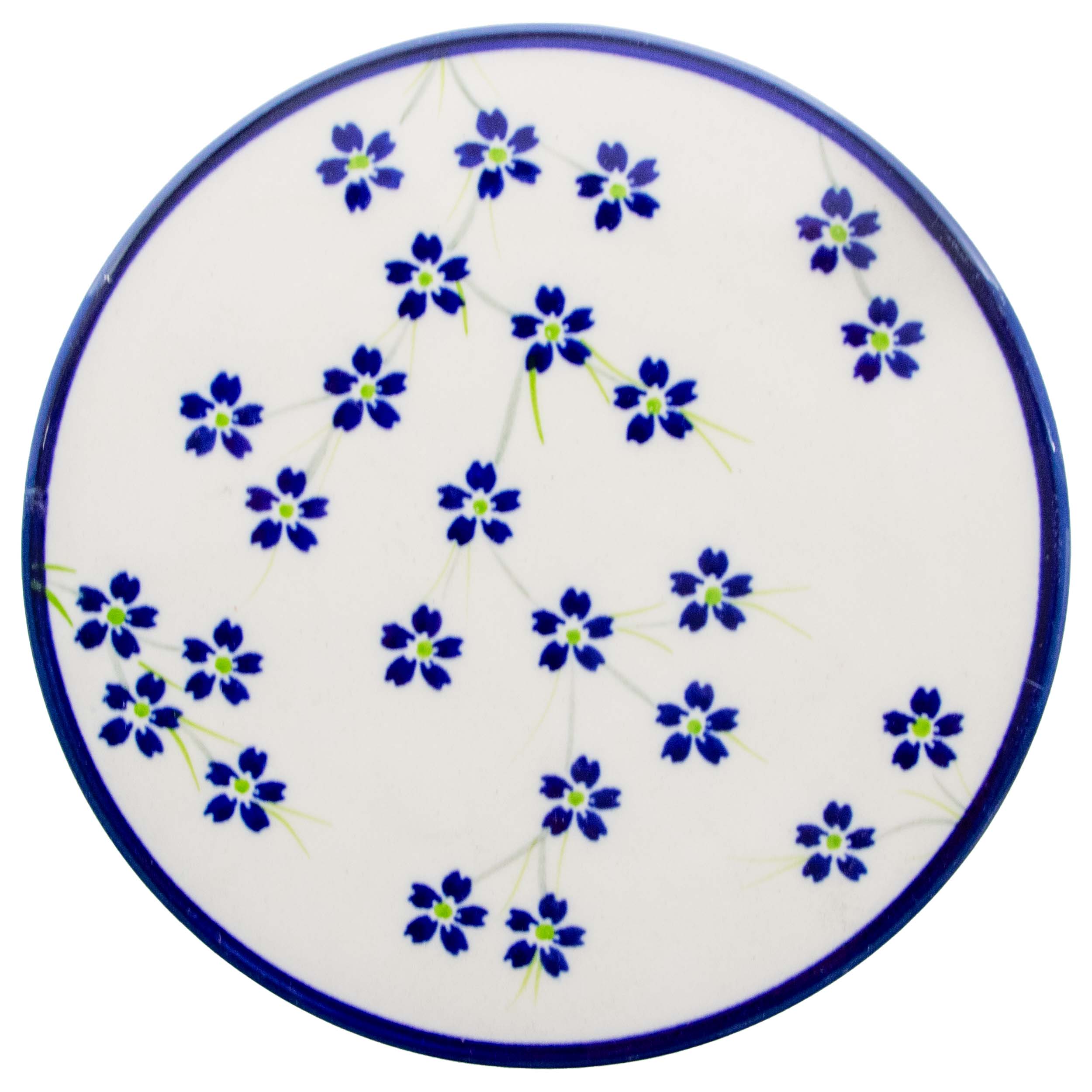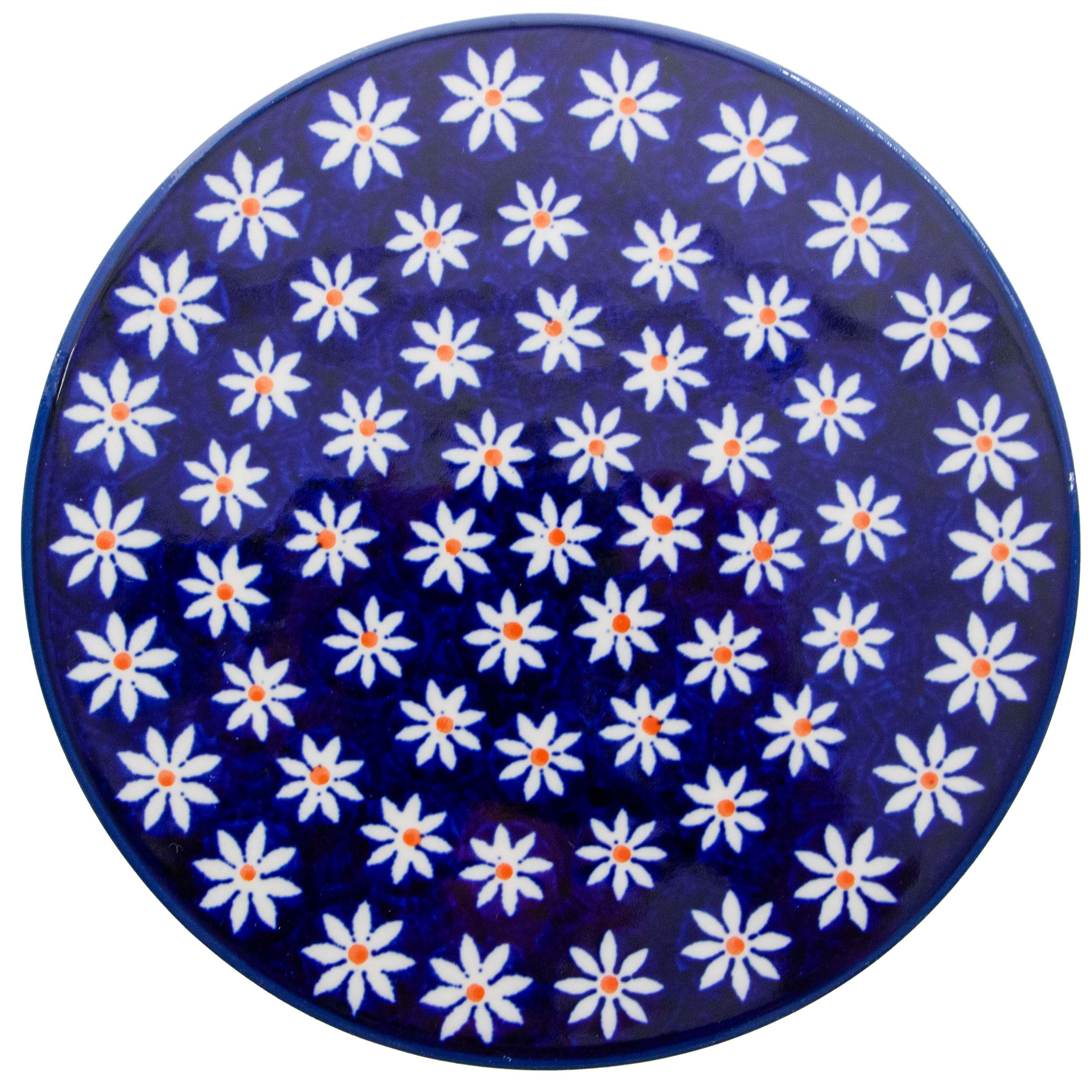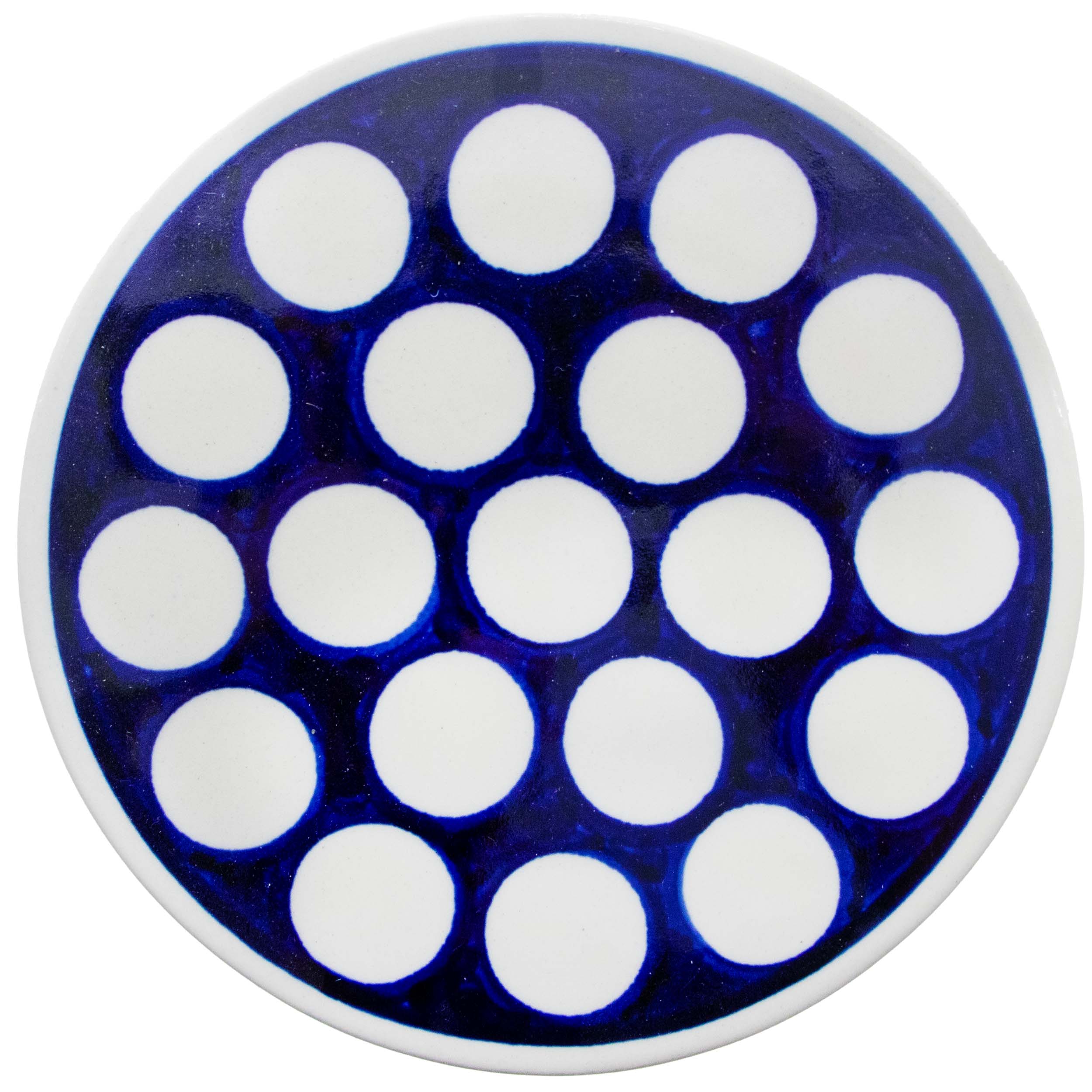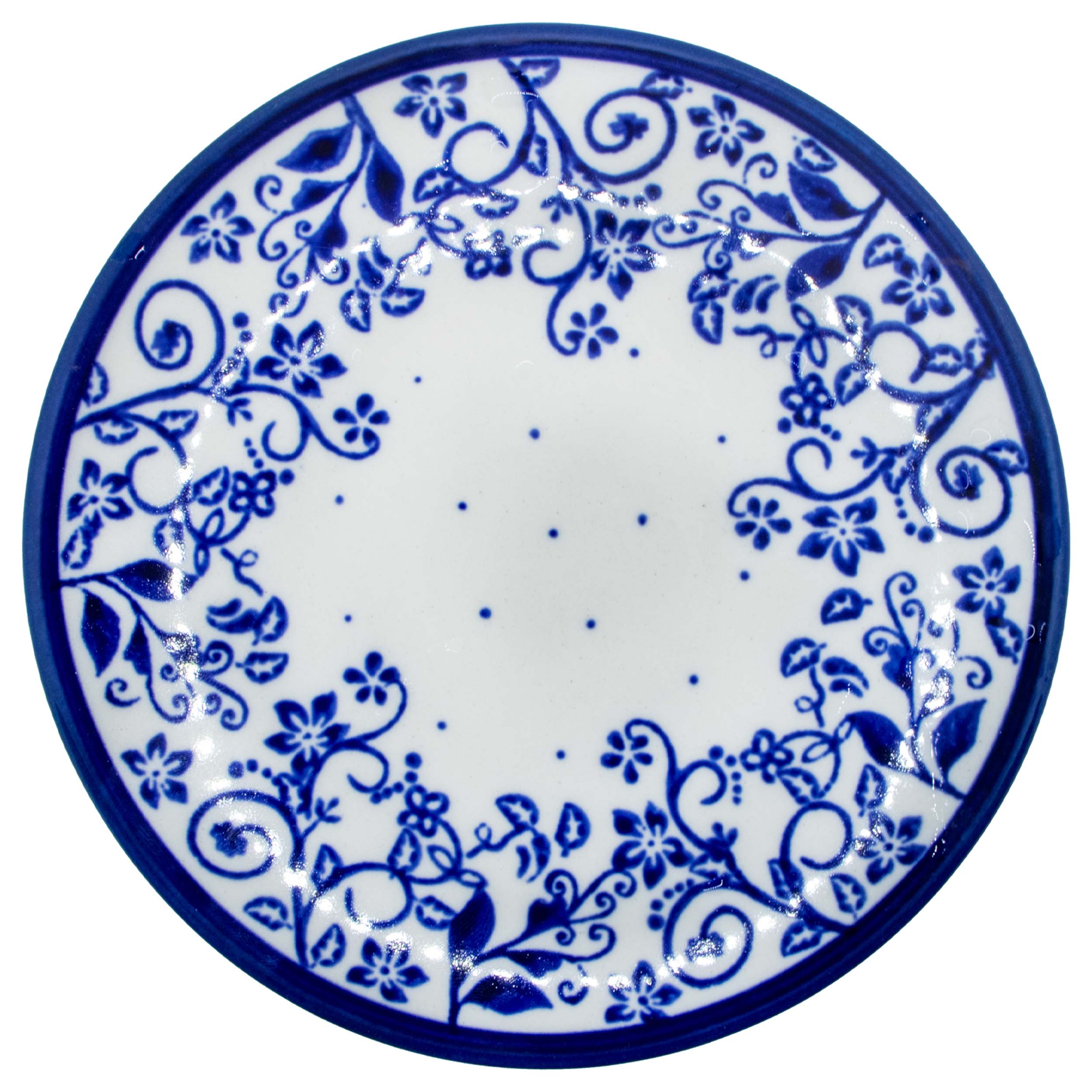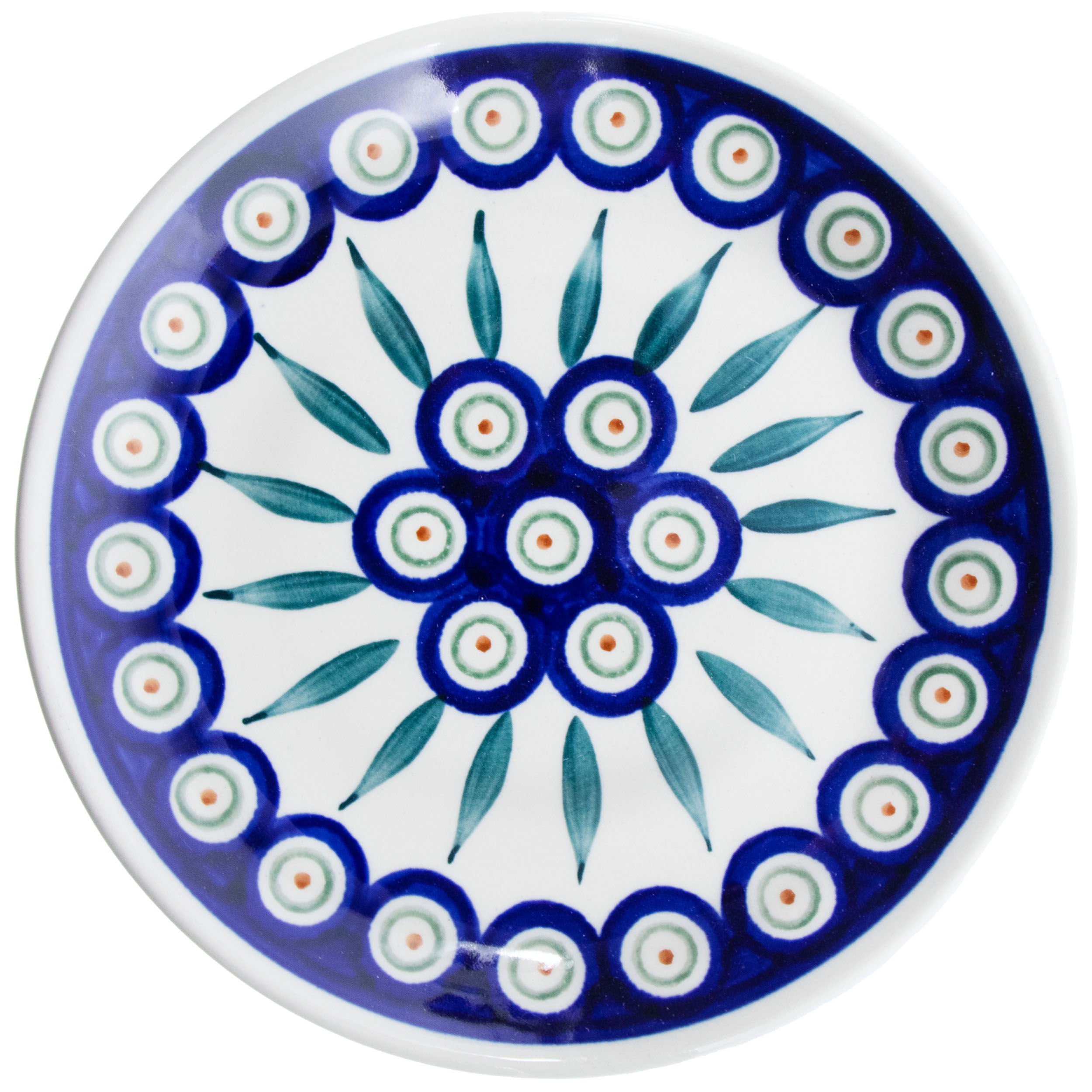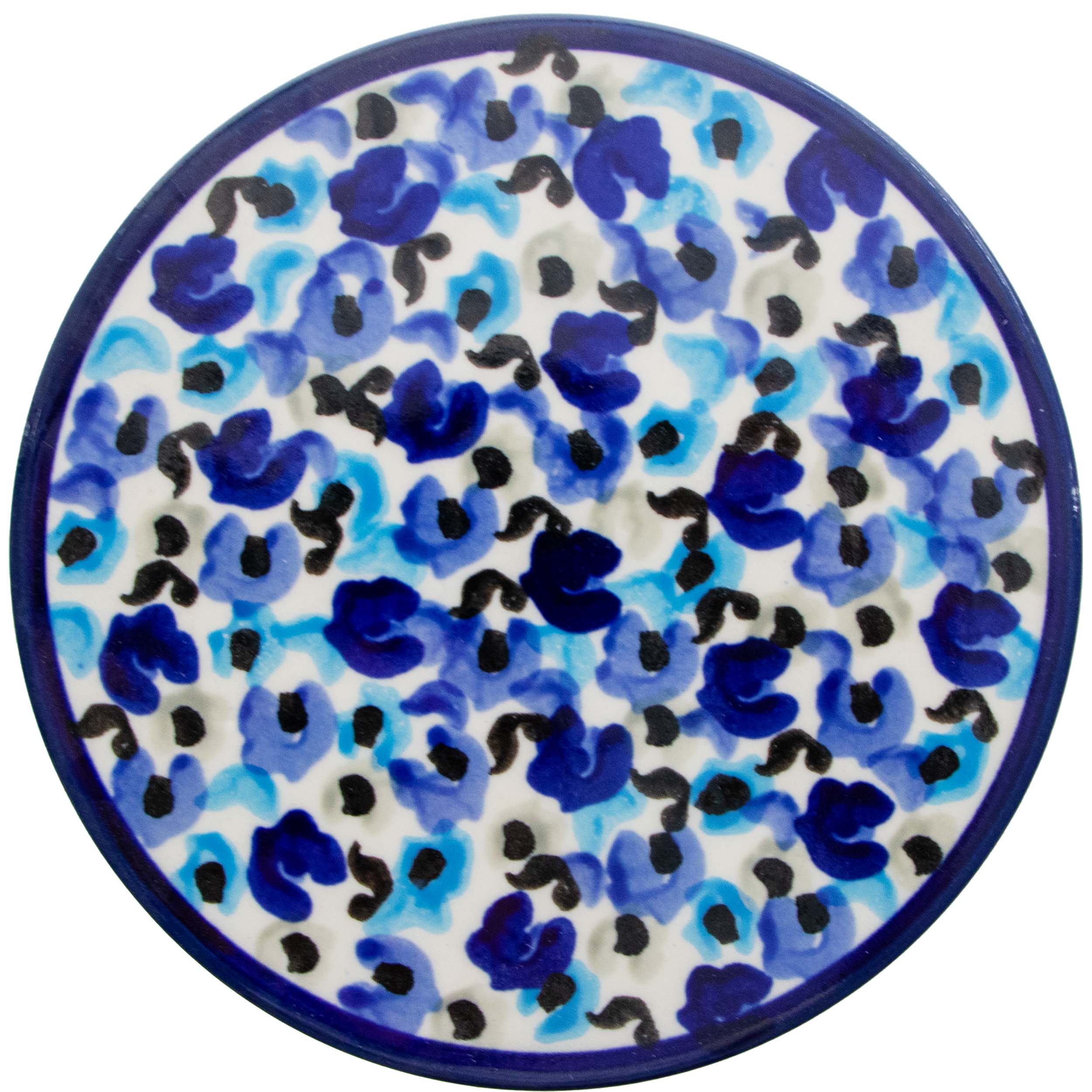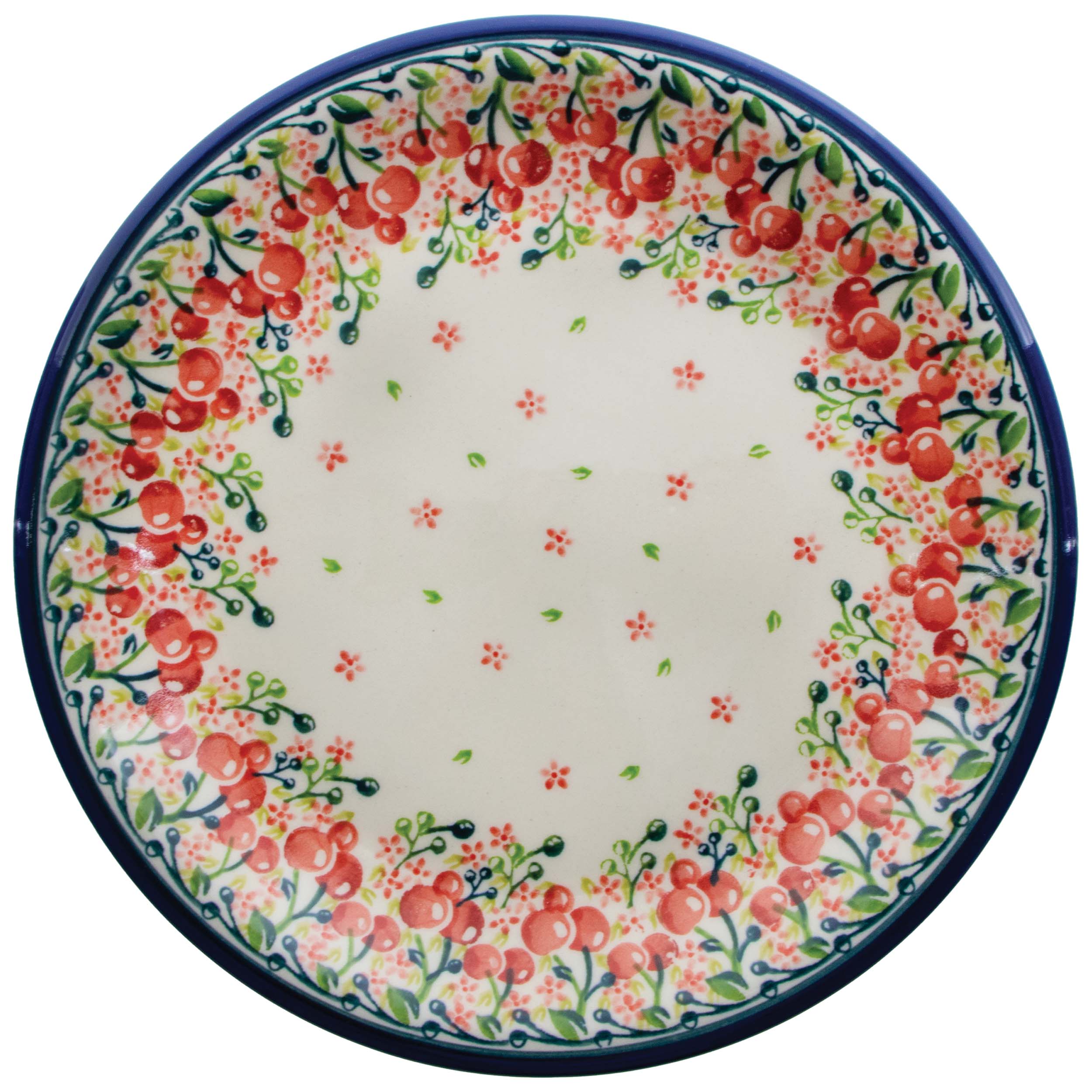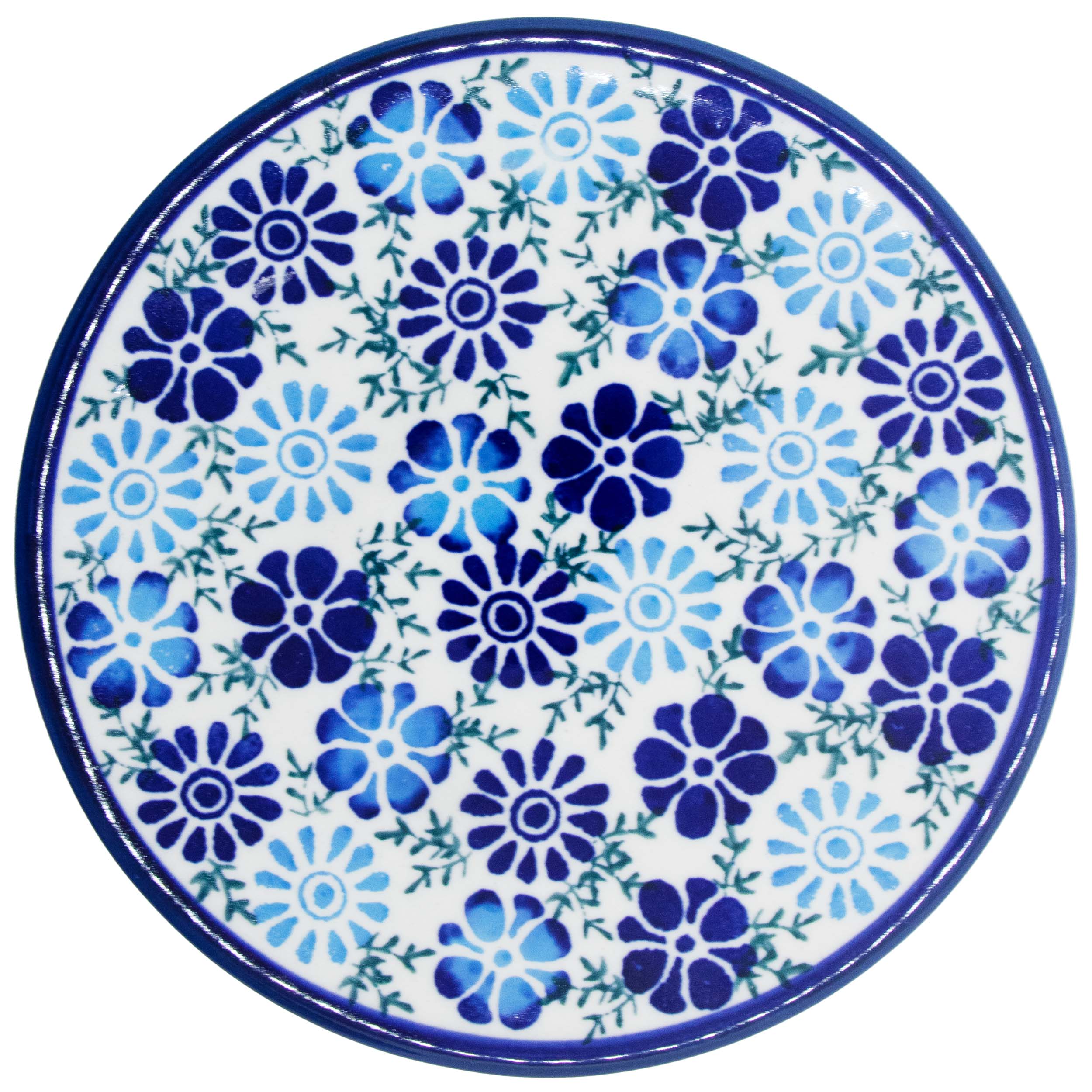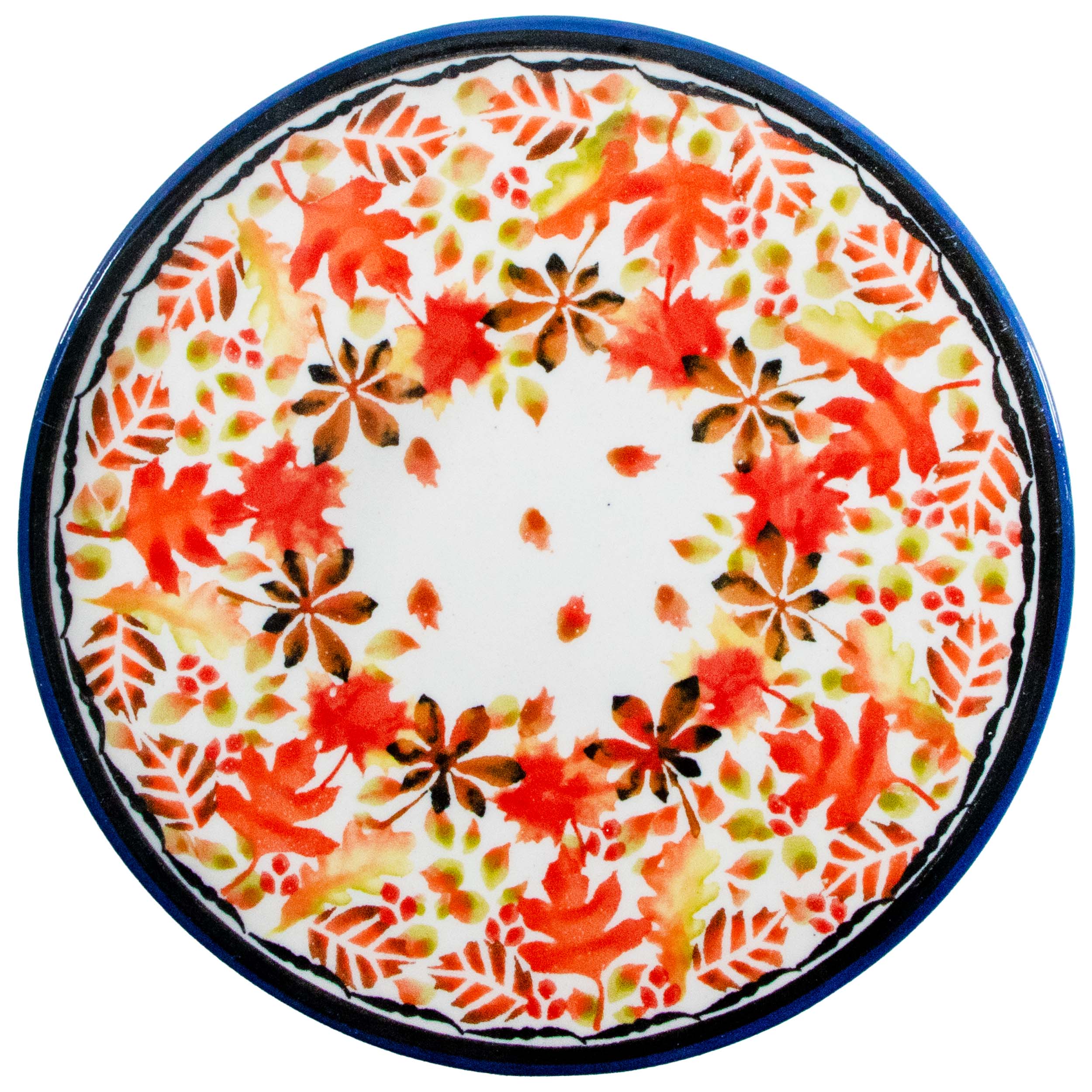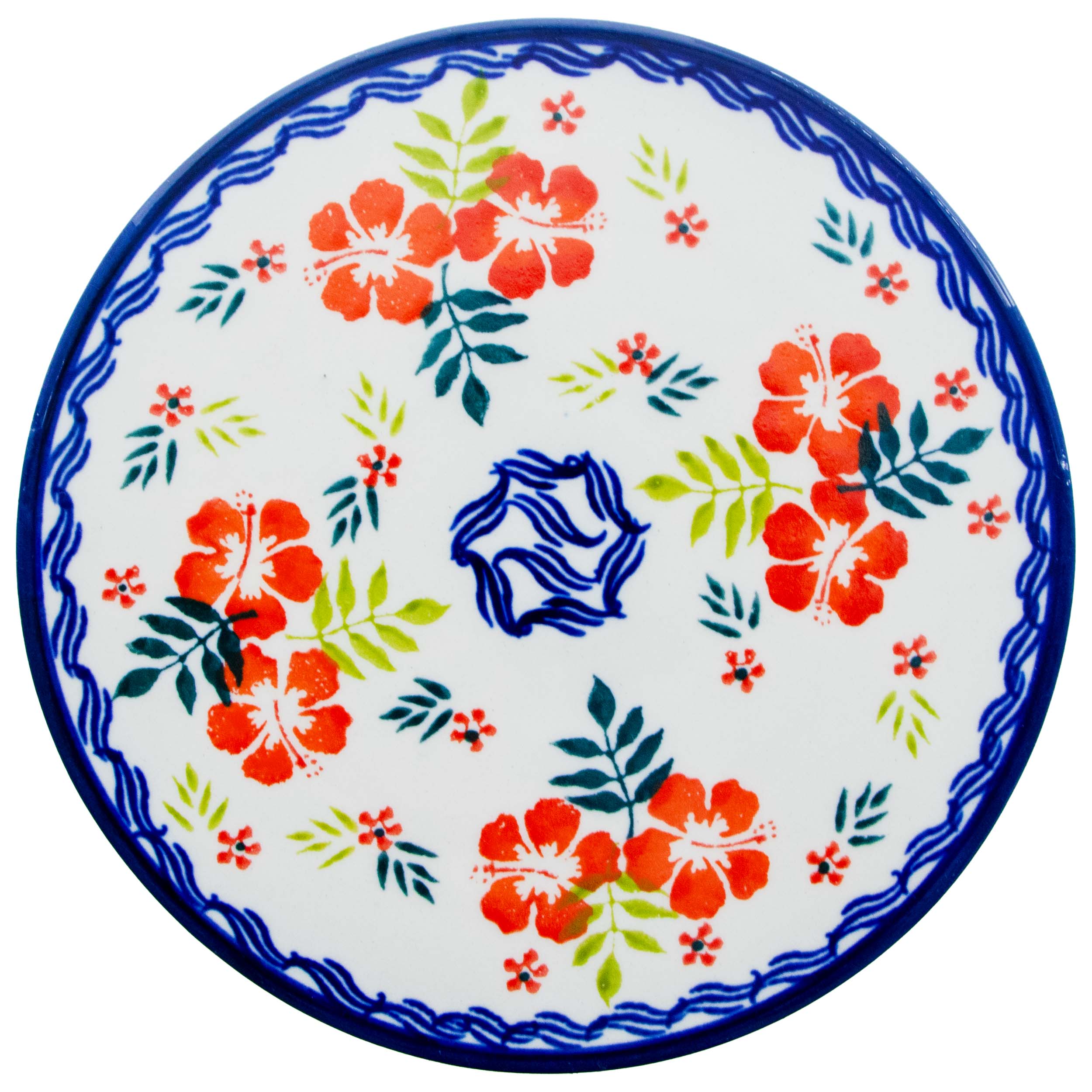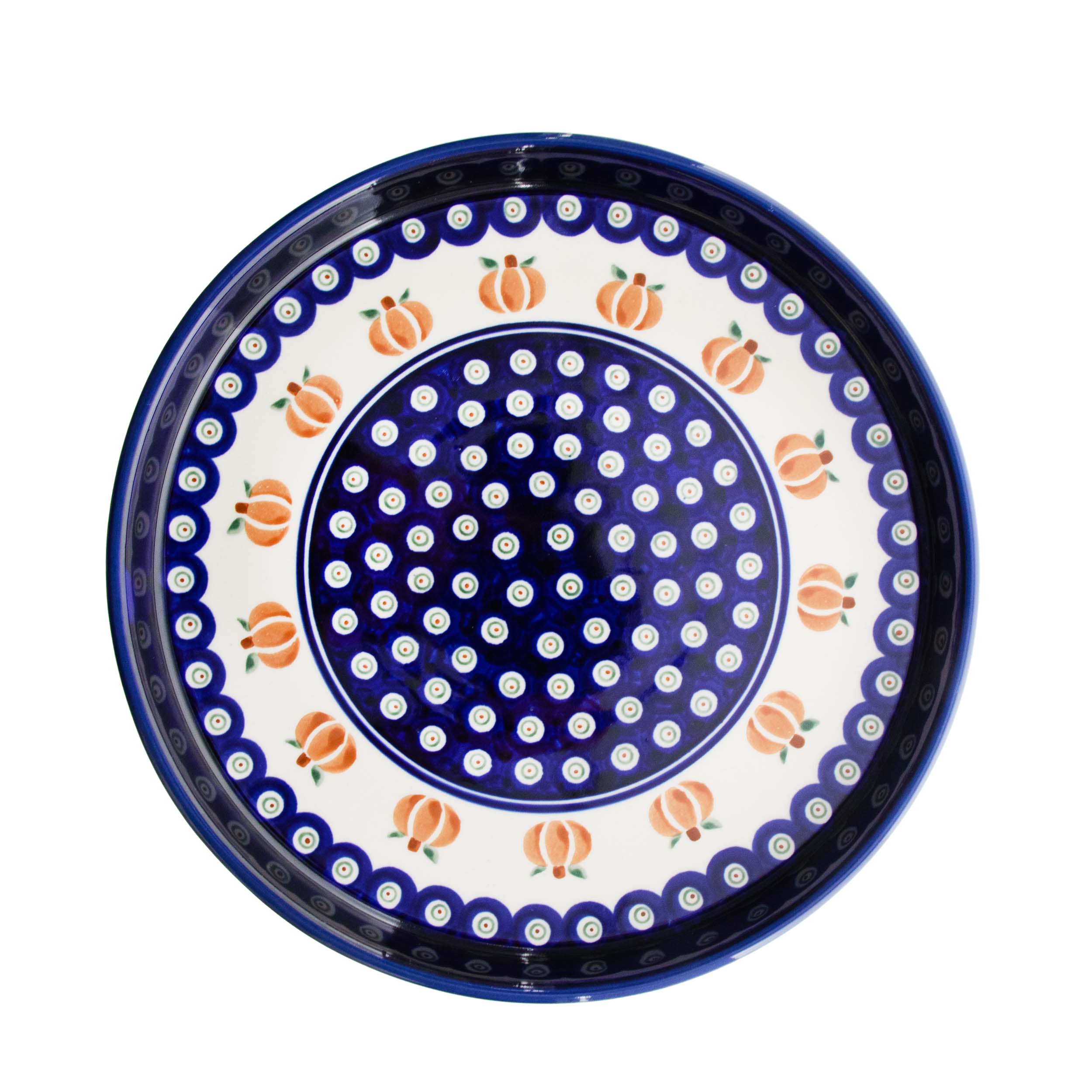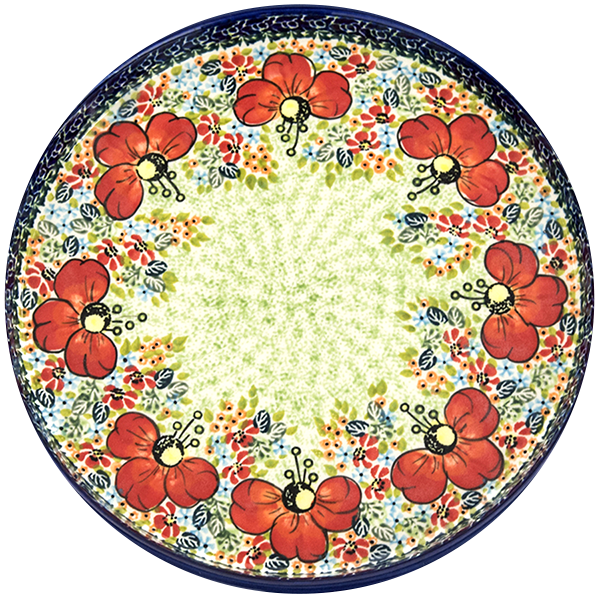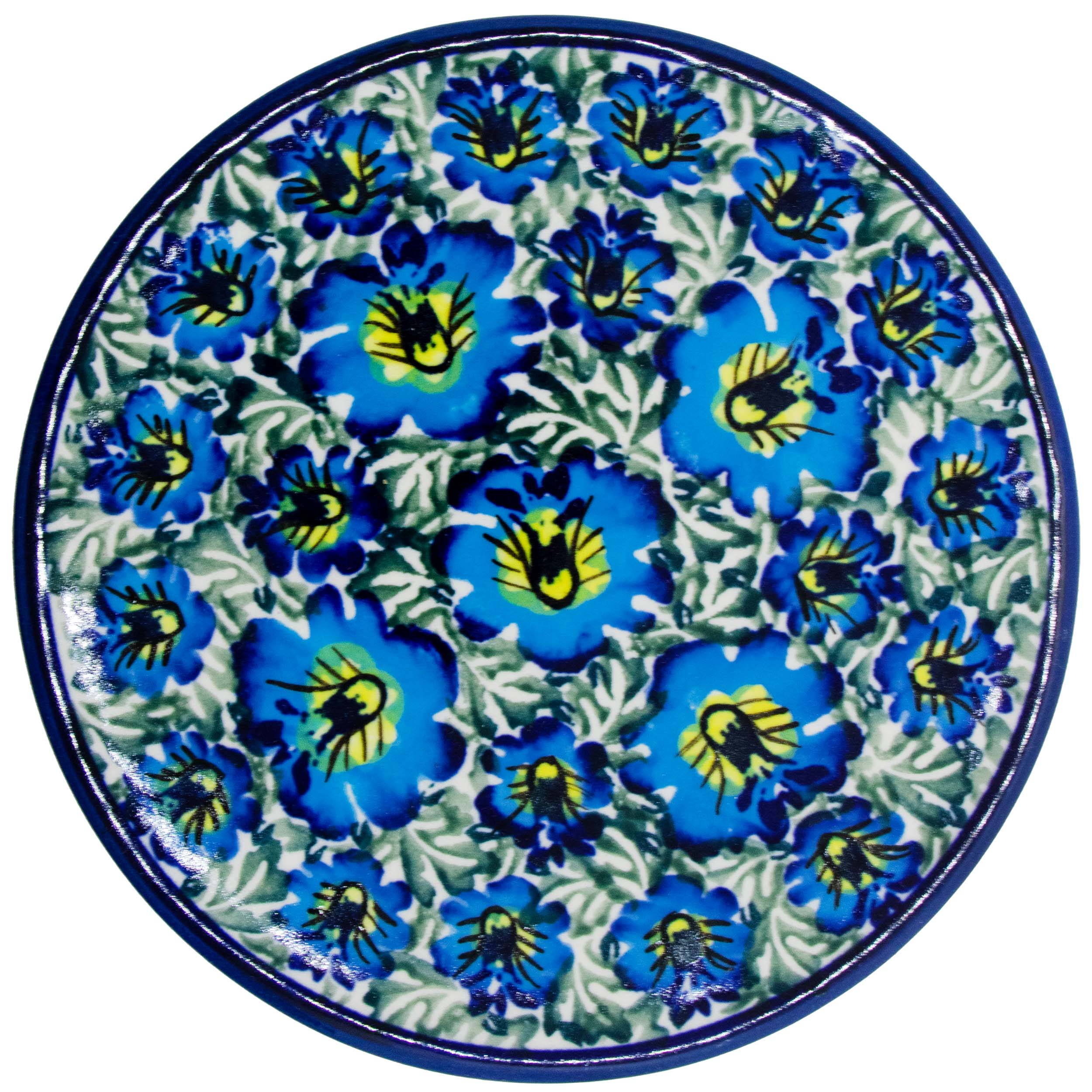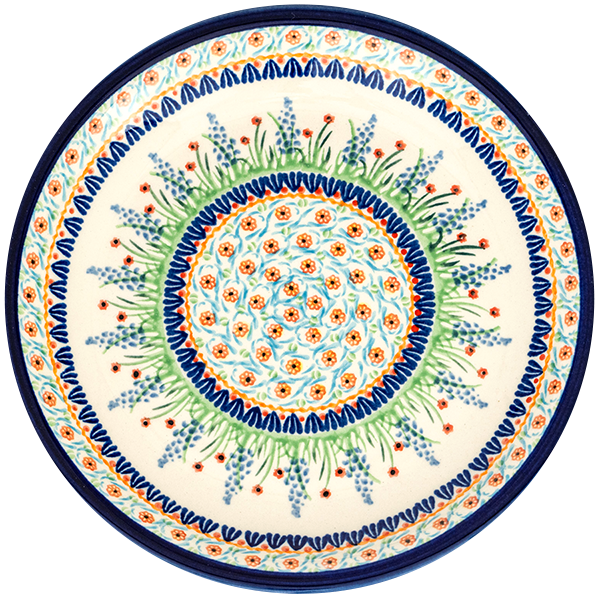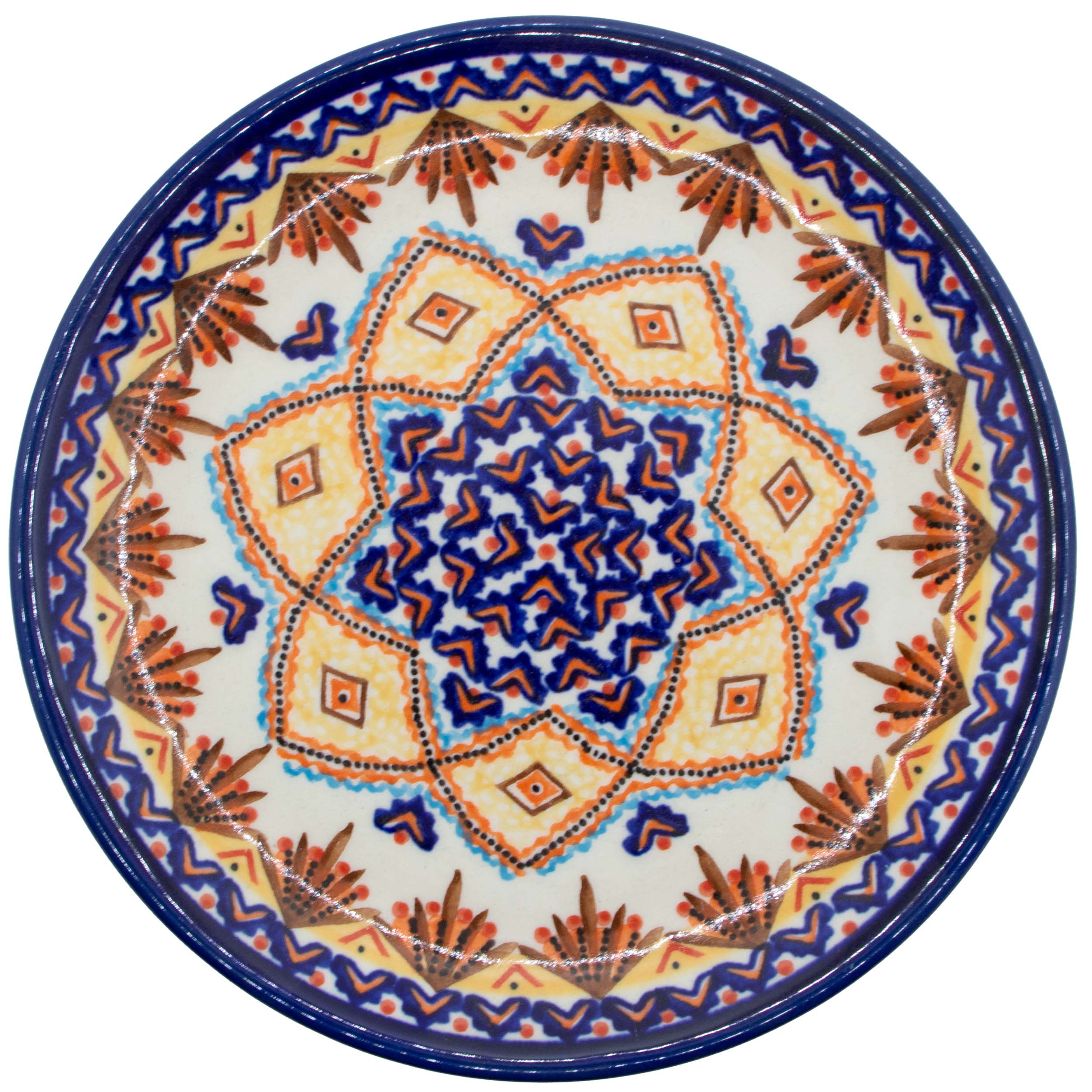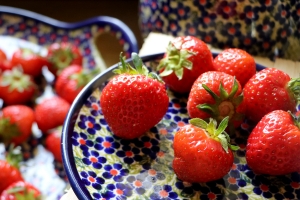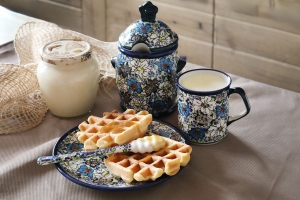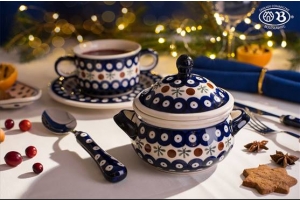The Influence of Polish Culture on Pottery Designs

The Influence of Polish Culture on Pottery Designs
Polish culture has a rich and diverse history that has had a profound influence on many artistic forms, including pottery designs.
The intricate patterns and vibrant colors found in Polish pottery art reflect the rich traditions and beliefs of the Polish people. Each brushstroke and design tells a story, weaving together folklore and storytelling.
The country's unique blend of traditions, folklore, and craftsmanship has created a distinct and recognizable style that sets Polish pottery apart from others.
In this article, we’ll explore how Polish traditions have influenced the art of Polish pottery.
Key Takeaways
- Polish culture has a big influence on Polish pottery designs, which results in lovely patterns and vibrant colors.
- These designs draw inspiration from Polish folklore and belief systems, showcasing the country's rich cultural heritage.
- Each pattern tells a story, reflecting the traditions and beliefs of the Polish people. From the iconic peacock feathers to delicate floral motifs, every design element carries a piece of Polish culture.
- Polish pottery artists take great pride in their work, striving to create visually appealing and meaningful pieces. They pay meticulous attention to detail, using traditional techniques passed down through generations.
- The popularity of Polish pottery extends beyond Poland's borders. People from all over the world appreciate the beauty and cultural significance of these designs.
- Polish pottery has become a symbol of Poland's rich cultural heritage and allows people to connect with the country's traditions.
How Polish Belief is Reflected in Polish Pottery Art
Polish pottery art reflects the beliefs of the Polish people through its intricate designs and symbolic motifs.
Religious customs and folklore have a significant influence on these works of art, which emphasize the value of family and community.
Through its intricate designs and symbolic motifs, Polish pottery art visually represents the deep-rooted beliefs and values held by the Polish people.
Polish pottery artists take great pride in their work, aiming to create pieces that aren't only visually appealing but also meaningful.
They pay meticulous attention to detail, using traditional techniques passed down through generations.
This dedication to craftsmanship ensures that each piece of Polish pottery is unique and of the highest quality.
Polish pottery serves as a reminder of the significance of family and community and the reverence for nature. These artworks aren't only visually appealing but also tell stories and convey the rich cultural heritage of Poland.
Polish Pottery Designs and Folklore
Art often reflects the cultural identity of a particular community or group of people. It serves as a means to preserve and showcase their heritage, values, and customs.
Art becomes a visual representation of their beliefs and traditions, reinforcing their cultural identity.
Polish pottery designs often incorporate motifs that have deep connections to its culture and folklore.
These motifs include peacocks, roosters, flowers, stars, circles, and dots. Each of these elements adds beauty and meaning to the pottery.
Peacocks
Peacocks have a special place in Polish pottery designs. In Polish folklore, peacocks were considered messengers of the gods, bringing good luck and fortune to those who came across them.
The peacock motifs in Polish pottery showcase the birds' beauty and regal presence, with their feathers spread wide.
Each piece of pottery becomes a testament to the significance of peacocks in Polish tradition and the enduring fascination they evoke.
With their vibrant colors and exquisite designs, these motifs are a true reflection of the allure and magnificence of peacocks.
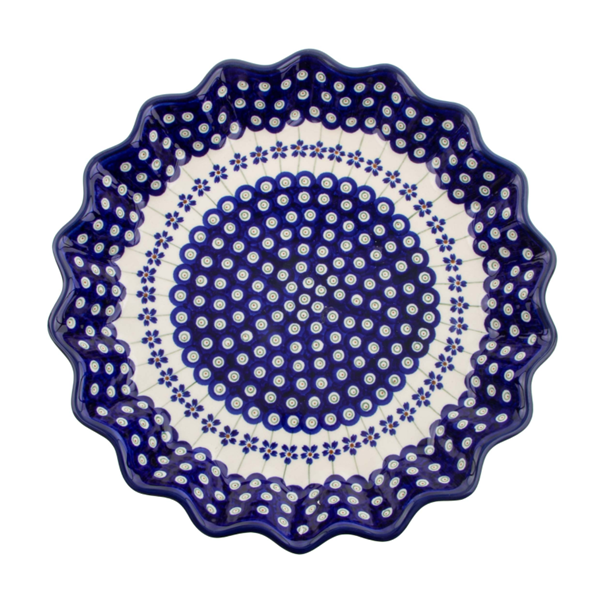
Sun Plate from Zakłady Ceramiczne "Bolesławiec"
Roosters
Roosters play an important role in Polish pottery designs and folklore. They're seen as symbols of courage, strength, and vitality, complementing the animal motifs found in peacock designs.
When depicted in Polish pottery, roosters are often shown with their feathers fluffed up, symbolizing their strength and vitality. They serve as a reminder of the importance of courage, strength, and vitality in our daily lives.
These pottery designs remind us to face challenges head-on and to stand up for what we believe in. They encourage us to embrace life with vigor and energy.
Just like the rooster, we should approach life with confidence and determination. The rooster's presence in Polish pottery designs offers a powerful message that resonates with people from all walks of life.
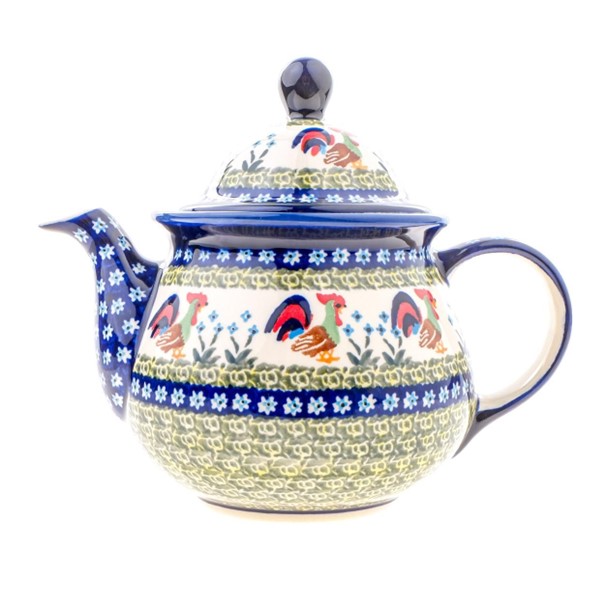
Coffee pot from Zakłady Ceramiczne "Bolesławiec"
Flowers
Flowers play a significant role in Polish culture and are prominently featured in Polish pottery designs. Flowers painted in the pottery can range from different flowers, such as pansies, poppies, and cornflowers, to name a few.
The intricate patterns of flowers in Polish pottery demonstrate the attention to detail and craftsmanship highly valued in Polish culture.
The vibrant colors and delicate brushstrokes used in these designs further enhance the beauty and symbolism of the floral motifs.
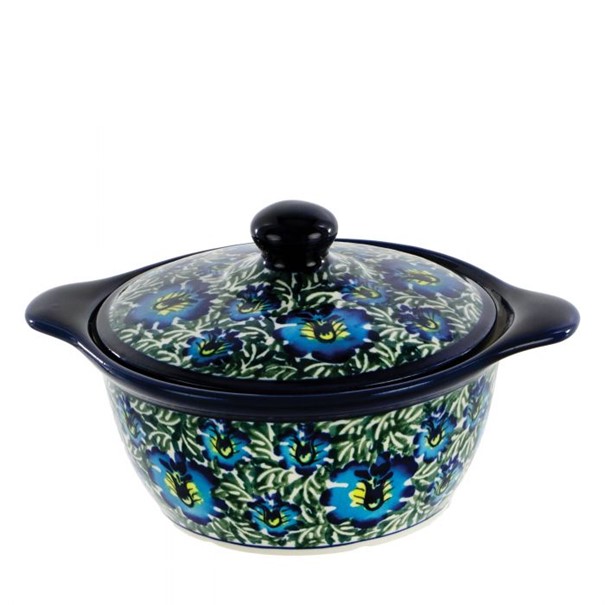
Lard Pot with cornflower design from Zakłady Ceramiczne "Bolesławiec"
Circles and Dots
Circles and dots play a significant role in Polish pottery designs. In traditional folk art, circles and dots were used to reinforce the belief in the interconnectedness of all aspects of life.
They were carefully placed in pottery designs to create a sense of balance and rhythm. Each dot and circle is meticulously crafted, showcasing the skill and attention to detail of the artisans.
The repetitive nature of these patterns reflects the enduring influence of Polish culture on the art form. It's a testament to the rich cultural heritage of Poland and its impact on the world of art.
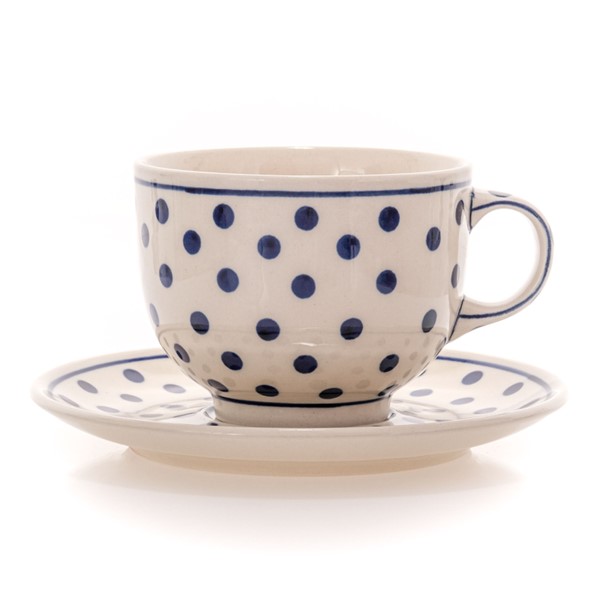
Cup with saucer from Zakłady Ceramiczne "Bolesławiec"
Conclusion
Polish culture has a significant influence on pottery designs, as seen in the beautiful patterns and vibrant colors found in Polish pottery art. These designs often draw inspiration from Polish folklore and belief systems, showcasing the country's rich cultural heritage.
The popularity of Polish pottery extends far beyond Poland's borders. People from around the world appreciate the beauty and cultural significance of these designs.
Polish pottery has become a symbol of Poland's rich cultural heritage and a way for people to connect with the country's traditions.




